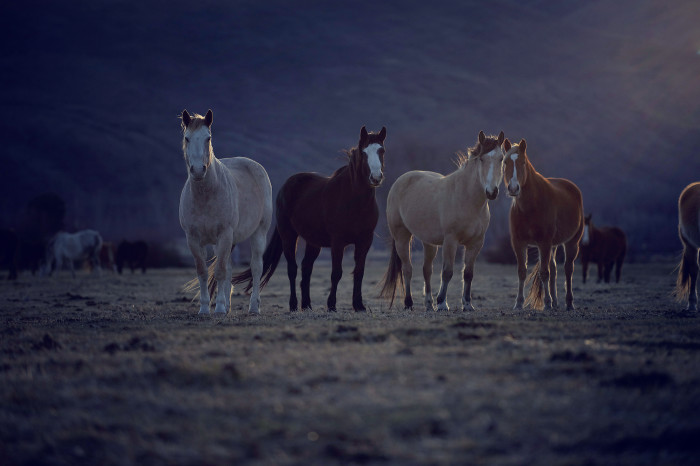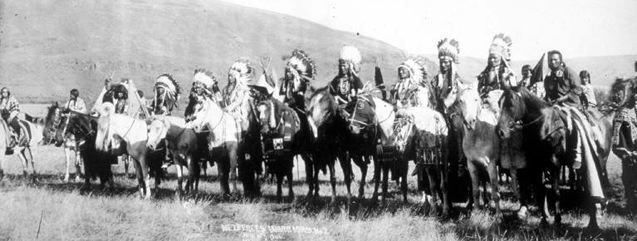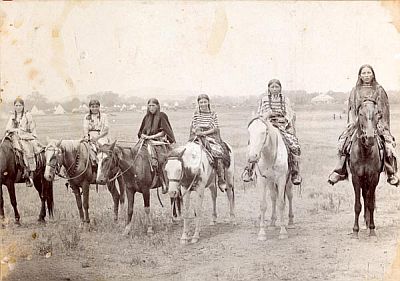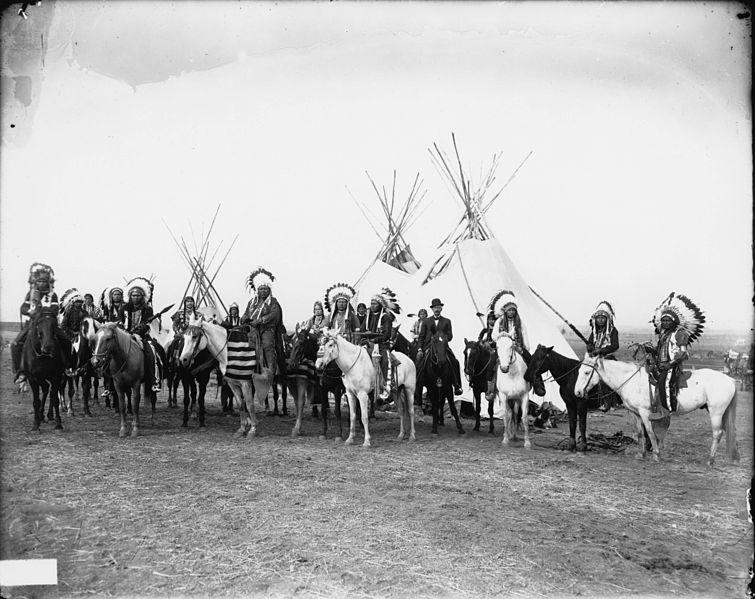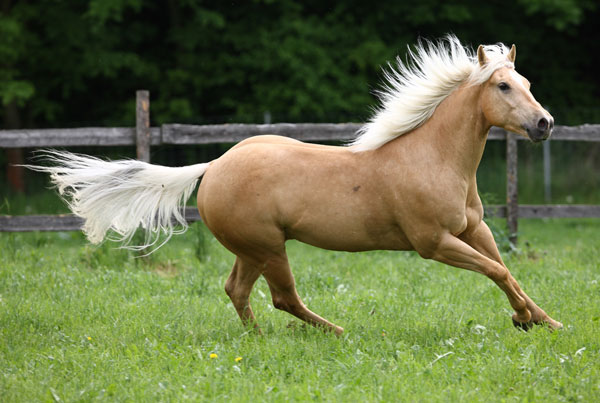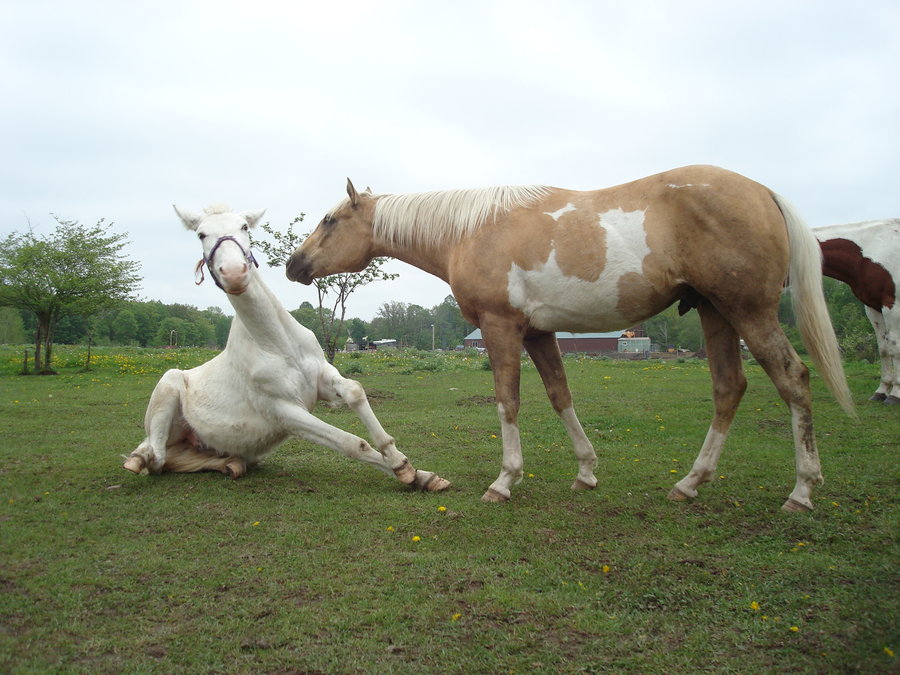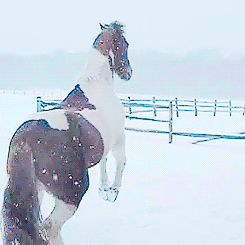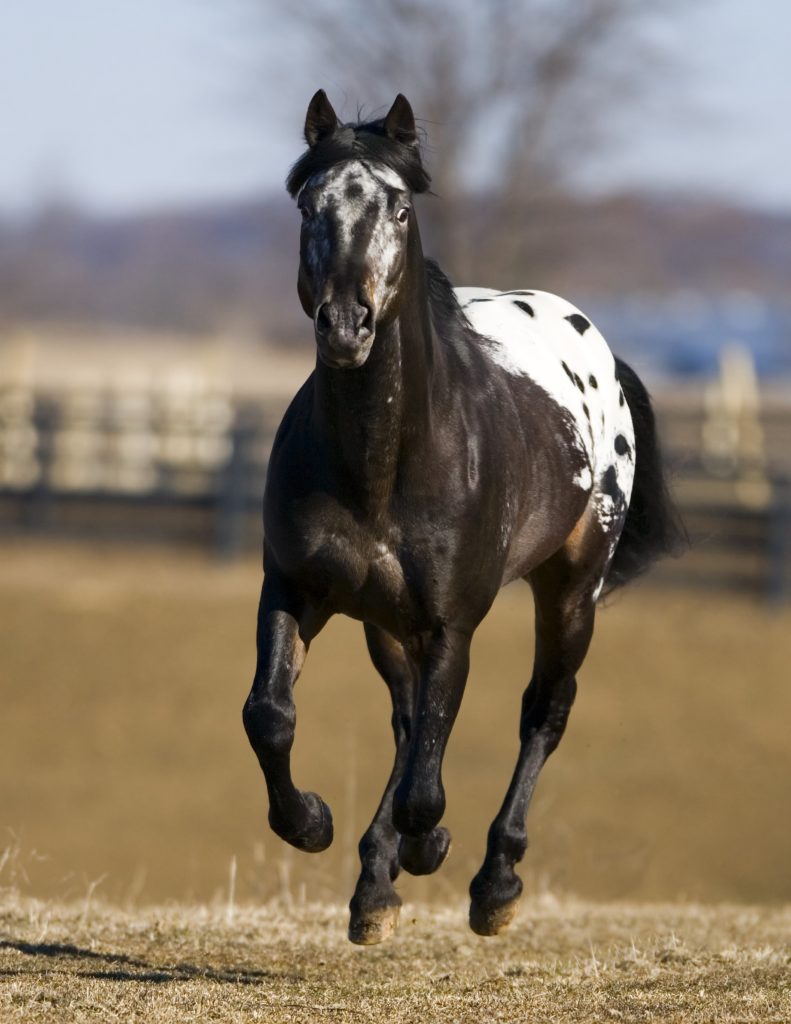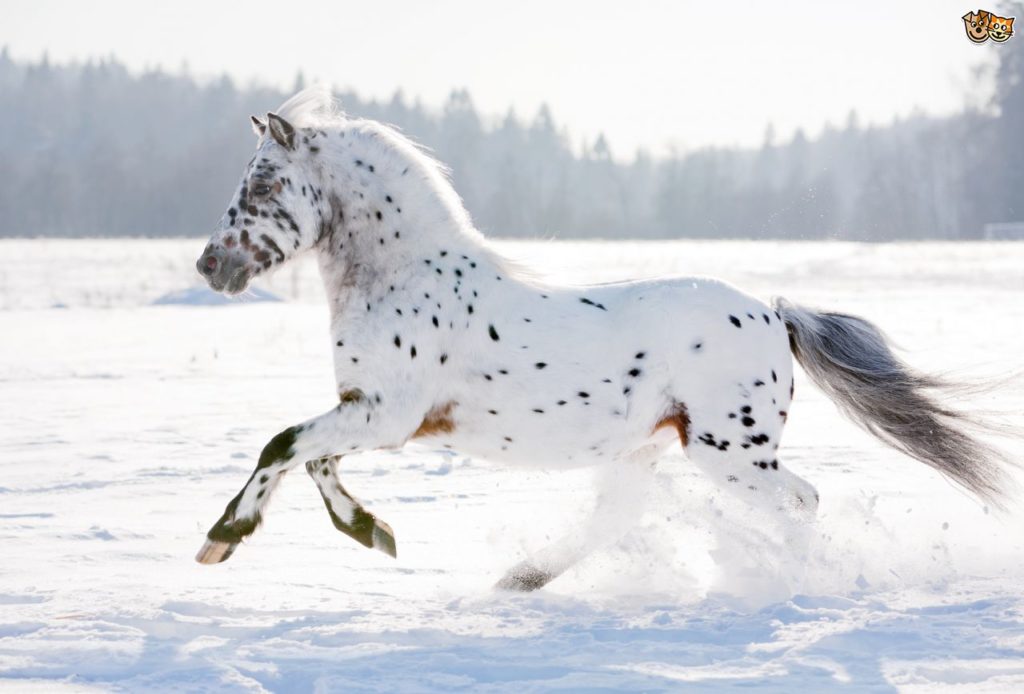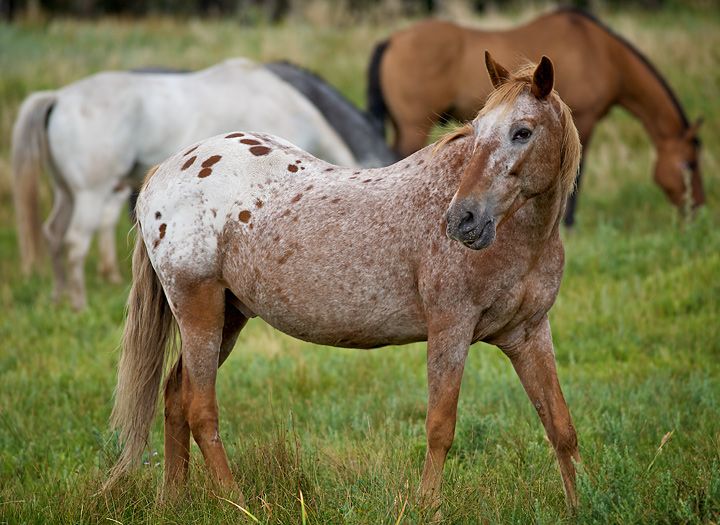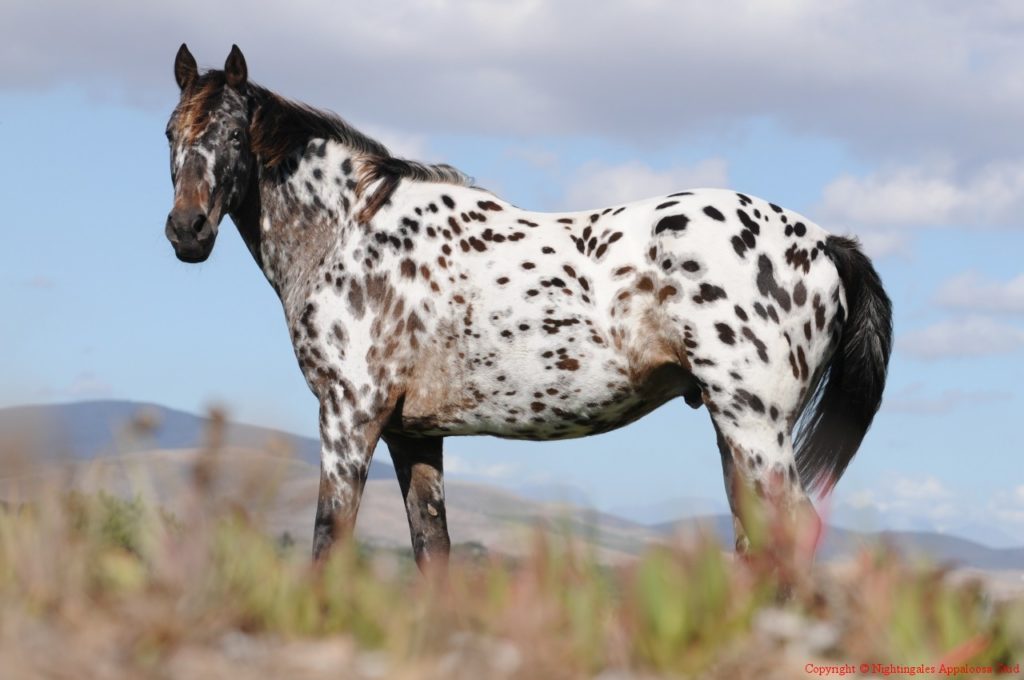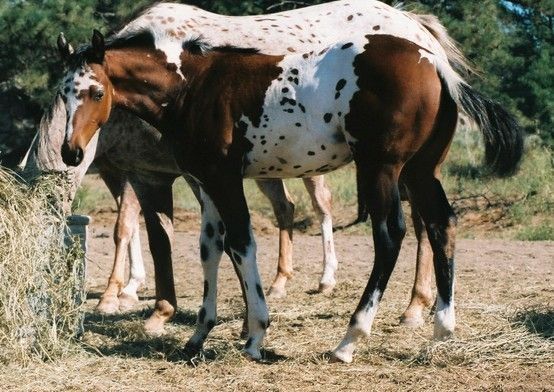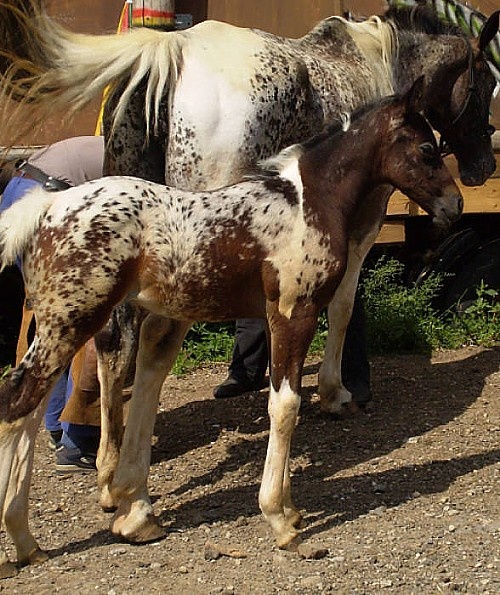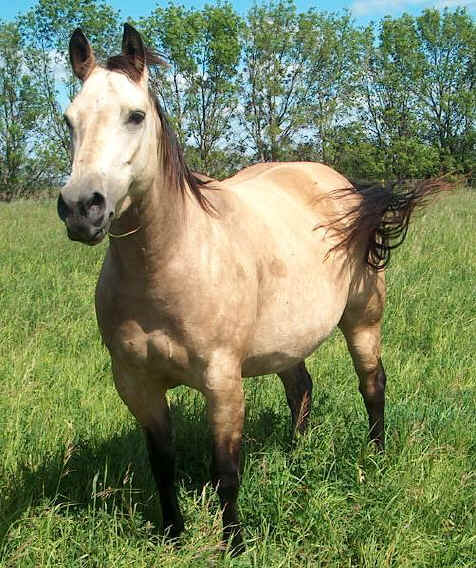Horse History Of The Wild West
The horse species (Equus fetus) actually originated in North America but went extinct there in the Pleistocene epoch, about 15,000 years ago. Horses in the Wild West were reintroduced to America by the Spanish in the early 1500’s. However, the Native Americans played a major role in breeding these stunning animals into creatures whose coats, personalities, and physical powers have become legendary throughout the world. https://en.wikipedia.org/wiki/Evolution_of_the_horse
The American Indian Horse
“It is generally agreed by historians that the Spanish brought the horse to the “new world” in the 1500s. These horses were a mixture of Barb, Arabian and Andalusian blood and were considered the best horses in the world at that time. The horse was indispensable to the conquest of Mexico by Cortez.
Seventeenth century life under Spanish rule was brutal for the Pueblos in New Mexico. In 1680, the Pueblo spiritual leader Popé led a revolt against the Spanish. By coordinating and uniting several Pueblos, the Indians defeated the Spanish and drove them out of the area. The Indians captured the Spanish horses and mules. With the Pueblo revolt, Indians acquired their own horses. The Pueblos traded some of the horses with other tribes and the use of the horse began to spread north, leading to a new way of life for the Indians on the Great Plains.
Before the coming of the horse, the Indian tribes had used dogs for carrying small portable shelters; after the horse arrived the portable shelters became large decorative tipis. Hunting took on a different form also. Before the horse, hunting had to be done on foot. After the arrival of the horse the Indians could hunt from horseback, which was a safer and much more efficient way to obtain healthy and abundant game, primarily buffalo.
Horse stealing between the tribes became the number one sport on the plains and was considered an honorable way for a young warrior to gain experience and fame. Horses meant wealth to the Plains tribes and were used extensively for barter and gifts. Native Americans became known as some of the finest and most skilled riders of the world.
Many religious ceremonies were based on the horse and its contribution to the life of the Indian. One of the most interesting was the horse medicine cult practiced by most Plains tribes. The Oglala Dakota tribe had an elaborate horse medicine cult which included a dance in imitation of horses. The Oglala used horse medicine to influence the outcome of horse races, to cure sick and wounded horses, to calm a fractious horse and to make broodmares have fine foals. Horse medicine men and women were among the most respected members of their tribes.” http://www.indianhorse.com/?page_id=46
The United States Army, in an attempt to conquer the Indian, tried to take their horses away from them. They repeatedly massacred entire Indian horse herds, but these horses were too tough and their numbers bounced back.
Native Americans ultimately survived centuries of genocide. Despite it all, multitudes of Indian tribes are thriving today, and actively working to end oppressions that still exist. And they are still riding. Recently over two hundred different native tribes have gathered at the proposed Dakota Pipeline site in protest- many of them on horseback: https://www.hcn.org/articles/tribes-band-together-to-fight-an-oil-pipeline
The Palomino
“Palomino horses have a dramatic history that can be traced, in many instances, back to the time of the Crusades. A beautiful horse of golden body and platinum mane, they were often the revered choice of steed for many royal leaders. Palomino horses were so favored that they often appeared in paintings and other cultural artifacts throughout history.
It was Queen Isabella’s idea to bring the Palomino to “the new world” from Spain. So enraptured by its golden beauty, she wanted the horses to live on and breed and spread throughout what is now Mexico and the United States.” http://www.indians.org/articles/palomino-horses.html
The Pinto
The horse on the right is a Pinto (or Paint) horse. They have beautiful white and solid colors on their coat. Many horses in the American west have this coloration. The Paint horse is a recognized breed in the US but any horse with this coat can be called a Pinto or a Paint.
A Pinto enjoying the snow
The Appaloosa
“Through the centuries, spotted horses have been given names ranging from the mystical Celestial Horses in China, to the Knabstrupper in Denmark, to the Tigre in France. But perhaps the most famous breed of spotted horse is the American Appaloosa.”
The Spanish introduced horses to Mexico in the 1500s. Following the Pueblo Revolt, horses rapidly spread throughout North America, reaching the Northwest around 1700. The Nez Perce tribe (located in Idaho) became excellent horsemen and breeders, creating large herds renowned for their strength, intelligence and beauty.
Famous explorer Meriwether Lewis was appropriately impressed with the breeding accomplishments of the Nez Perce, as noted in his diary entry from February 15, 1806: “Their horses appear to be of an excellent race; they are lofty, eligantly [sic] formed, active and durable…some of these horses are pided with large spots of white irregularly scattered and intermixed with black, brown, bey [sic] or some other dark color.”
It is unknown how many of the Nez Perce’s horses were spotted, but a possible estimate is ten percent. Settlers coming into the area began to refer to these spotted horses as “A Palouse Horse”, as a reference to the Palouse River, which runs through Northern Idaho. Over time, the name evolved into “Palousey,” “Appalousey,” and then finally “Appaloosa.”
In the mid-1800s, settlers flooded onto the Nez Perce reservation, and conflicts soon ensued. The Nez Perce War of 1877 resulted in their herds being dispersed. In the late 1800s and early 1900s, interest in the breed gradually began to grow as Appaloosas began appearing in Western roundups and rodeos.” http://www.appaloosa.com/association/history.htm
A strawberry roan Appaloosa with a sly expression
The Appaloosa, the horse of the Nez Perce
The Pintaloosa
A Pintaloosa is a half Pinto half Appaloosa horse. The above horse is a Pintaloosa Mustang from Wyoming.
Another Pintaloosa
The Buckskin
While its existence was never limited to North America, the buckskin has become a symbol of life on the American Frontier, as evidenced by its many appearances in western films. The Buckskin horse is a toasty warm colored tan. It has dark or black points (black points means the mane, tail, and lower legs are black).
There are silver buckskins too. The Buckskin coloration occurs as a result of the cream dilution gene acting on a bay horse (bays are reddish brown horses with black points).
Another Buckskin, a Horse of the Wild West
The End. Happy Trails :)
